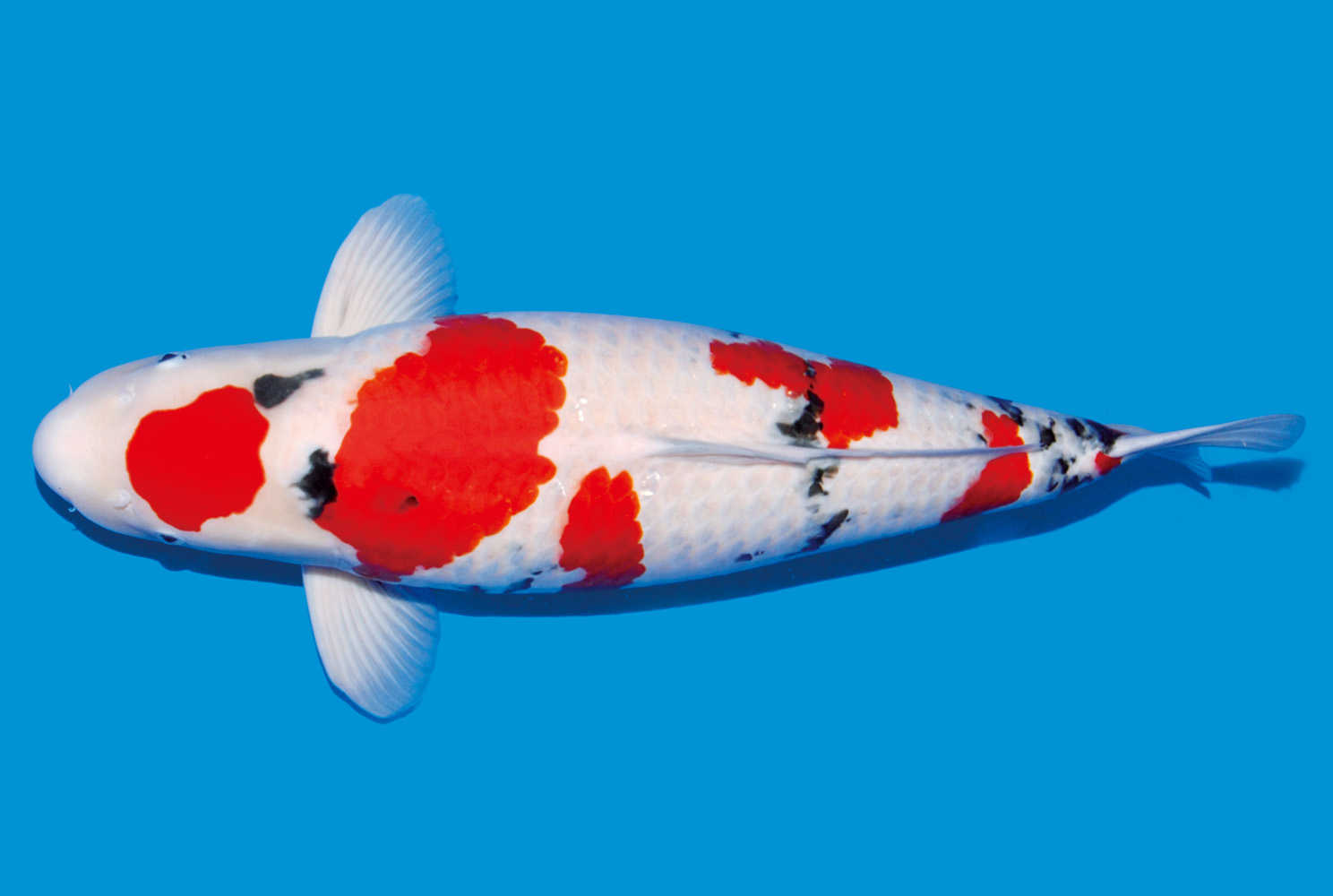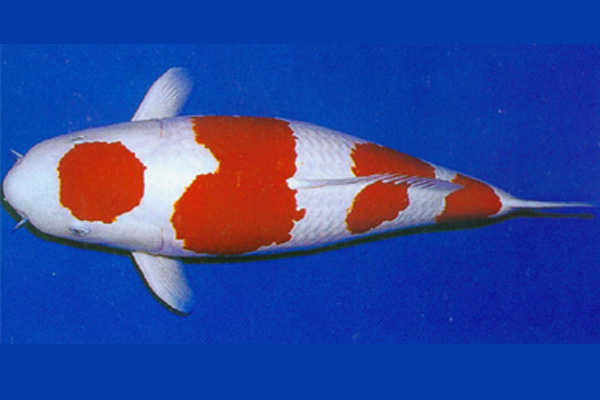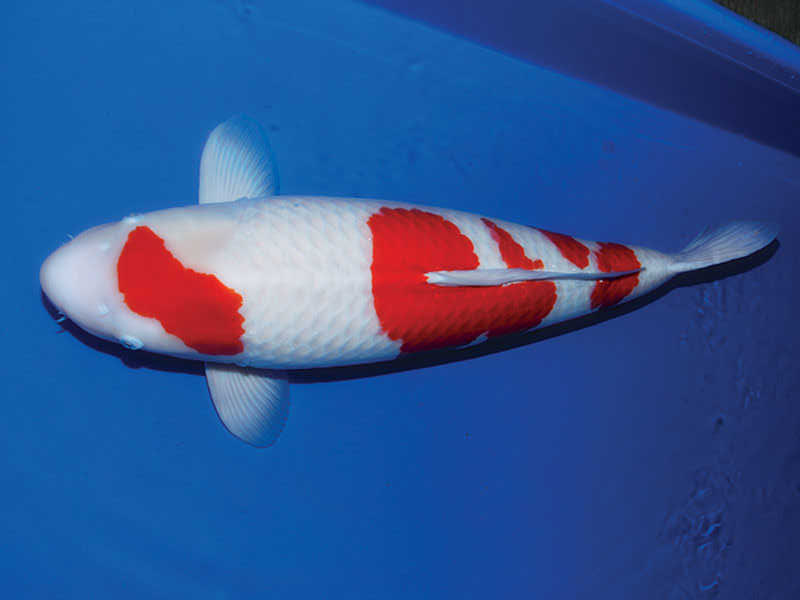Treatment of dermatosis of koi, how to treat vertical scale disease of koi
Vertical scale disease, also known as pine scale disease, scale disease. It is a disease mainly prevalent in still water fish ponds, which mainly harms koi and other cyprinid fishes. Disease can lead to the death of a large number of diseased fish.

Photo of feathered white koi (female fish 61 cm)
Symptom recognition: the body surface of koi disease fish is rough, and some or all of the scales are like pineal shape. The scale base is edematous, and there is a translucent or bloody exudate inside it, so that the scales stand out. When there is a little pressure on the scale, liquid will be ejected from the scale base, and some diseased fish are accompanied by fin base congestion, mild skin congestion and exophthalmos. Diseased fish swim slowly away from the group, and in severe cases, they have difficulty breathing, are slow to react, and float on the surface.
The cause of the disease is caused by Pseudomonas punctata infection. The bacteria is a conditional pathogen. When the water is dirty and the fish is injured, it is infected through the skin.
Epidemic and harm, the epidemic season of the disease is when the water temperature is low in late autumn and spring every year. The water temperature of 17-22C is the peak of epidemic, which sometimes occurs in the late overwintering period. Koi, which is mainly harmful to individuals, weakens its resistance after overwintering and is most likely to suffer from this disease. This disease often occurs in Northeast, North, Central and East China, and is more prevalent in Northeast and North China.
Tools / raw materials
Salt, furacilin, streptomycin
Methods / steps
Strengthen the monthly parenting of koi before overwintering and shorten the fasting period as much as possible. after the water temperature rises in early spring, feed live bait such as water fleas and water earthworms to enhance the fish resistance and effectively prevent the occurrence of the disease.
Wash the fish with 2% salt solution for 15 minutes, once a day for 3 to 5 times.
Wash the fish with furacilin. When the water temperature is below 20 ℃, the concentration is 15 muri 20 mg / L.
Streptomycin was injected intraperitoneally with 51.1 million international units per koi.
.
- Prev

What is the problem of thin brocade carp, treatment of rotten fin and rotten tail of brocade carp-disease and prevention of brocade carp
The disease must be confirmed at the beginning of treatment, then the characteristics of koi rotten fin and rotten tail in the onset period are as follows: at first, the edge of the fin will appear slightly opaque appearance, and then the membrane will constantly fall off, exposing the fin spines, and then the fin spines will split in turn. No treatment.
- Next

How to raise koi, oral filariasis-parasite-koi disease and control-brocade carp-view
Oral filariasis is one of the common parasitic diseases of koi, which easily occurs in small fish tanks or small fish ponds with dirty water. After suffering from this disease, koi often sleeps at the bottom of the tank, and the serious body will attach a layer of white or grayish blue mucus, so it is also called white.
Related
- On the eggshell is a badge full of pride. British Poultry Egg Market and Consumer observation
- British study: 72% of Britons are willing to buy native eggs raised by insects
- Guidelines for friendly egg production revised the increase of space in chicken sheds can not be forced to change feathers and lay eggs.
- Risk of delay in customs clearance Australia suspends lobster exports to China
- Pig semen-the Vector of virus Transmission (4)
- Pig semen-the Vector of virus Transmission (3)
- Five common causes of difficult control of classical swine fever in clinic and their countermeasures
- Foot-and-mouth disease is the most effective way to prevent it!
- PED is the number one killer of piglets and has to be guarded against in autumn and winter.
- What is "yellow fat pig"? Have you ever heard the pig collector talk about "yellow fat pig"?

